Android TV에는 Gboard라는 이름의 터치 소프트웨어 키보드가 함께 제공됩니다. 키보드 음성 텍스트 변환 (STT)을 비롯한 다양한 기능을 지원하여 사용자가 말하고 입력할 수 있도록 음성을 텍스트로 자동 번역합니다. 이 기능은 Gboard를 통해 작동하므로 오디오를 요청할 필요가 없습니다. 앱에서 특별한 처리를 실행할 수도 있습니다.
입력 방법
입력 방법 유형을 지정할 수 있습니다. Android TV의 경우 모바일과 동일한 방식으로 작동합니다. Android TV용 Gboard는 다음 그림:
<ph type="x-smartling-placeholder">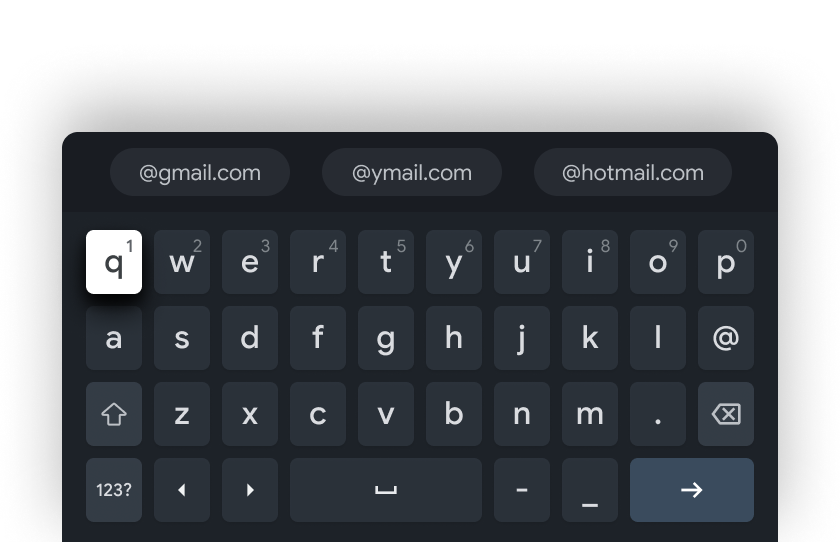
|
<ph type="x-smartling-placeholder">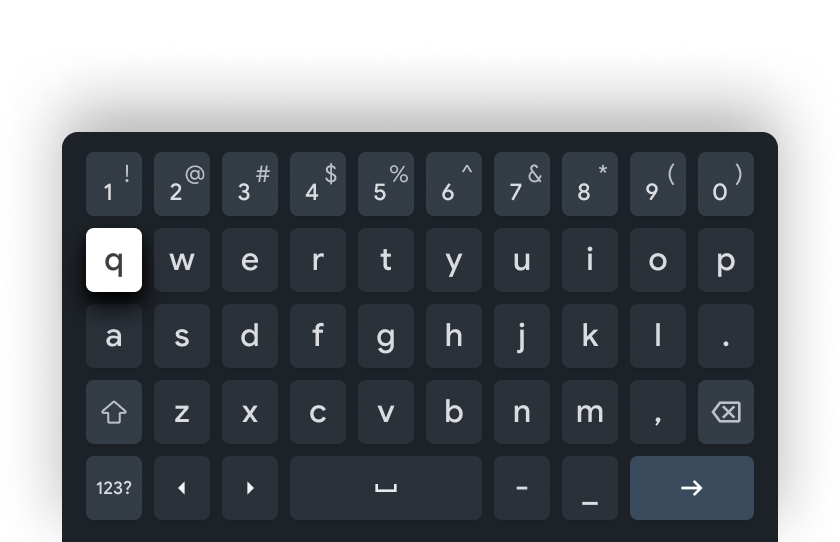
|
<ph type="x-smartling-placeholder">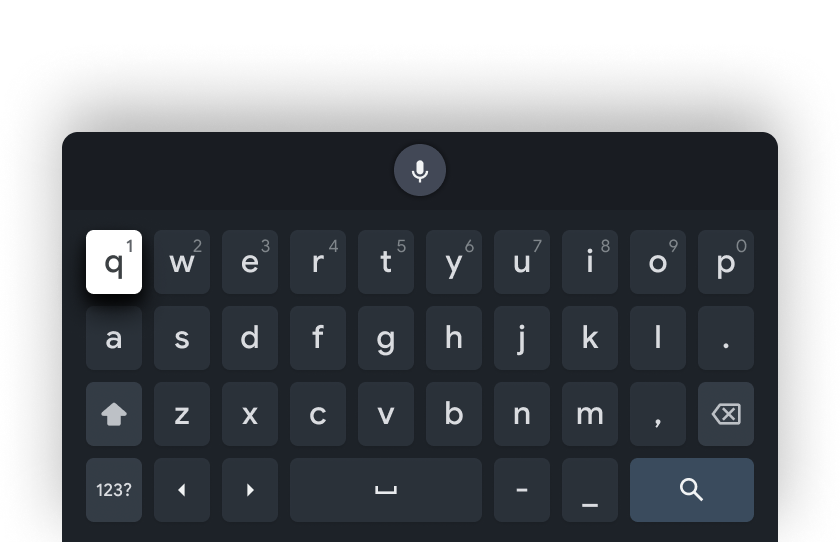
|
<ph type="x-smartling-placeholder">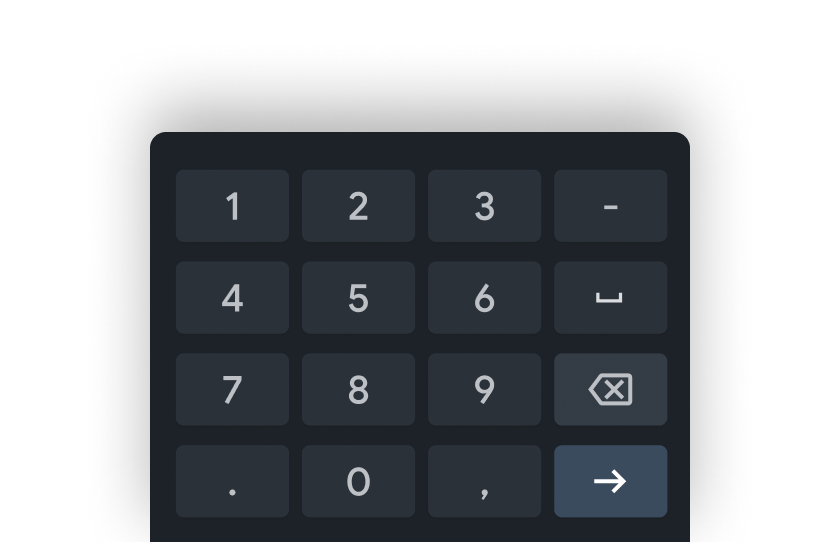
|
용도에 따라 하나 이상의 입력 유형을 지정할 수 있습니다. 있습니다. Gboard가 입력을 기반으로 최적의 레이아웃을 자동으로 결정합니다. 즉, 지정된 유형 및 해당 유형이 지원하는 레이아웃을 따릅니다.
배치
Android TV용 Gboard와의 한 가지 주요 차이점은 키보드가 배치되어야 합니다. 이전에는 키보드가 화면 하단을 덮었습니다. 화면의 일부를 차지할 수 있지만, Gboard를 업데이트하면 부동 소수점 수) 키보드의 위치를 왼쪽, 오른쪽, 가운데로 지정할 수 있습니다. 기본 위치는 중앙에 위치합니다.
<ph type="x-smartling-placeholder">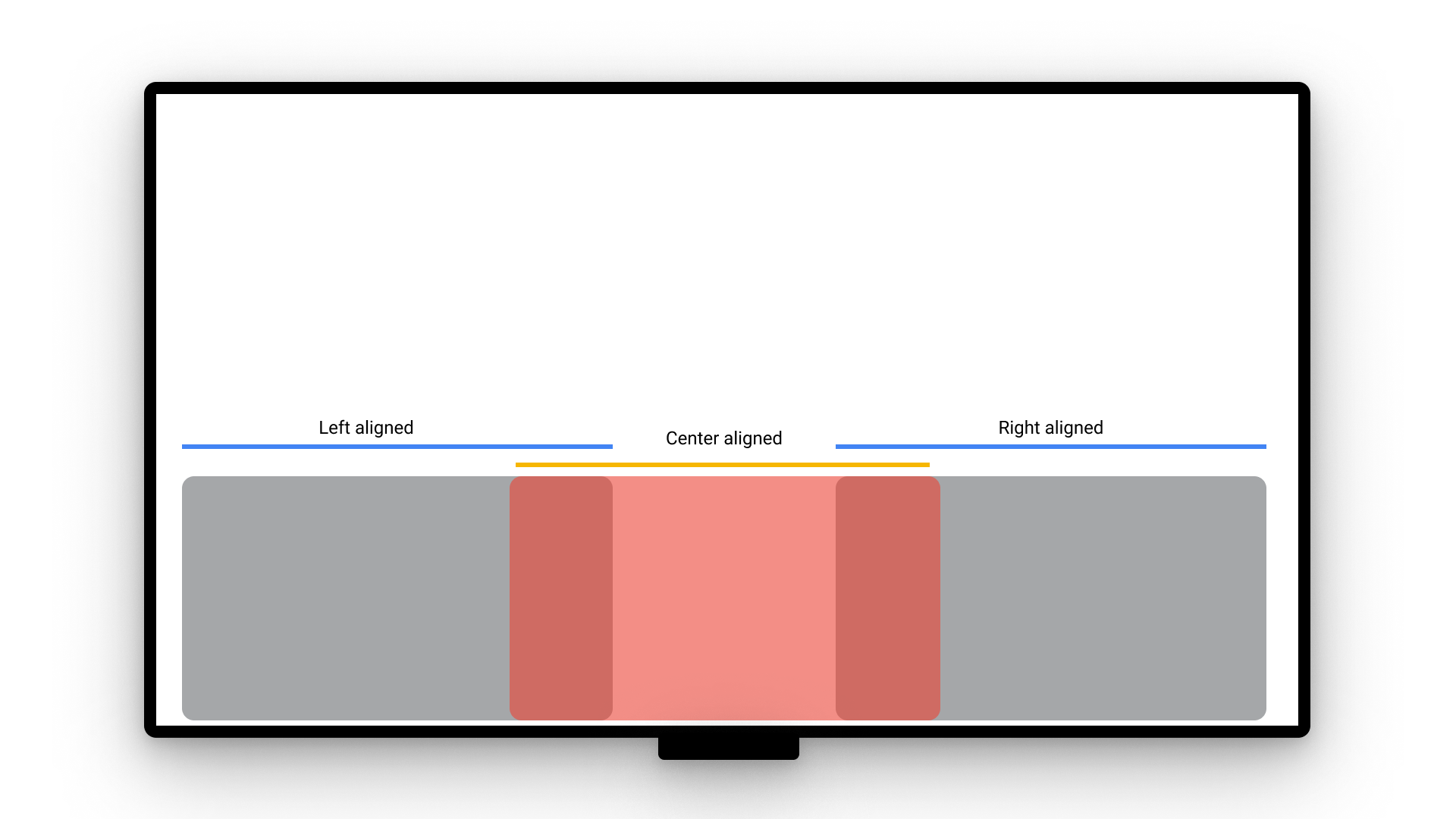
정렬을 제어하려면 privateImeOptions 내의 값을 설정하세요.
horizontalAlignment입니다. horizontalAlignment 옵션은 기본값입니다.
center, left, right
예를 들면 다음과 같습니다.
<EditText android:layout_width="match_parent" android:layout_height="wrap_content" android:imeOptions="actionNext" android:privateImeOptions="horizontalAlignment=right">
이 예에서는 키보드가 오른쪽 하단에 배치됩니다. 입력란이 오른쪽으로 정렬된 경우:
<ph type="x-smartling-placeholder">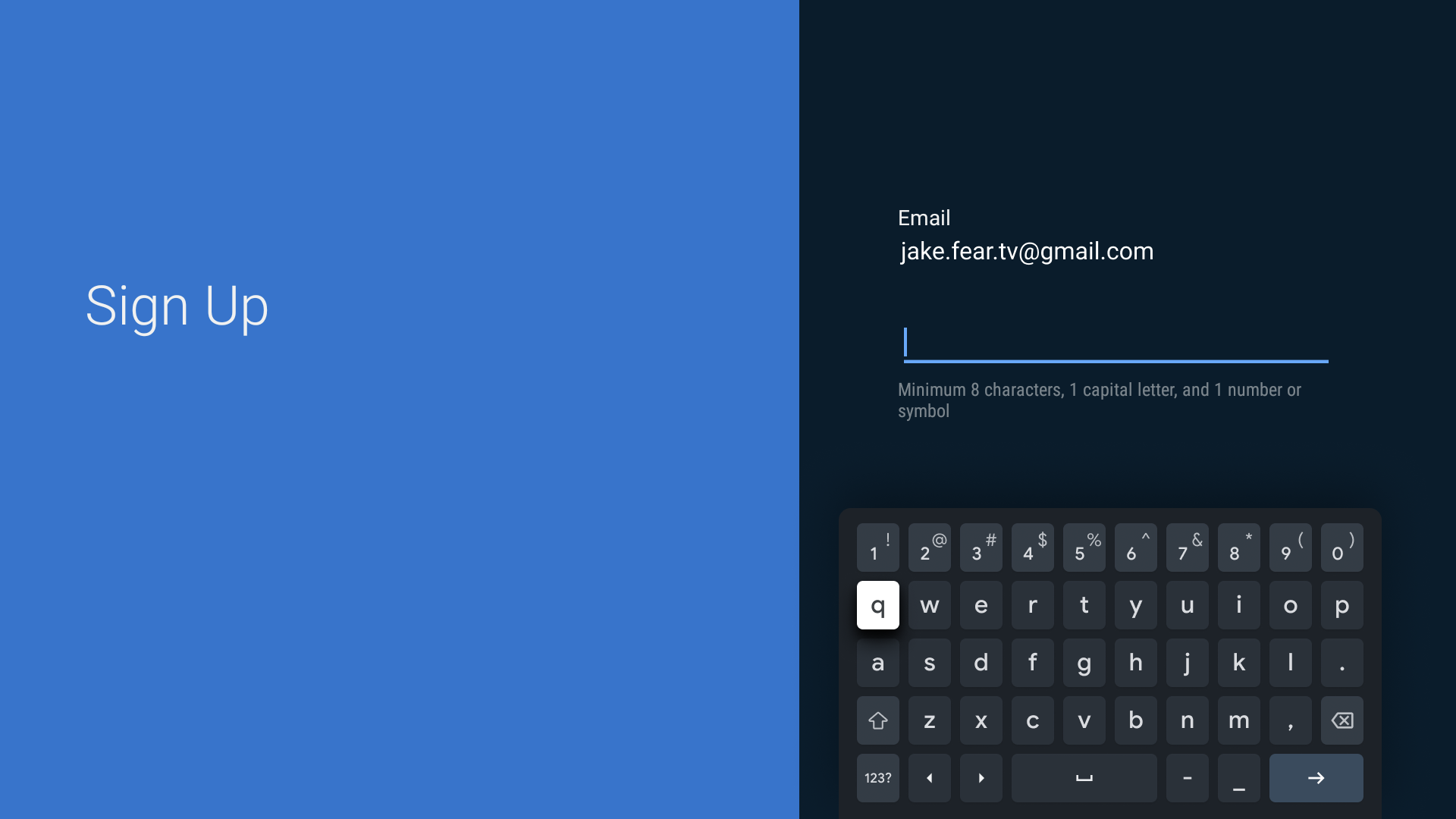
지원되는 언어
Android TV용 Gboard는 다양한 언어를 지원합니다. 언어 목록 다음이 포함됩니다.
- 영어—미국
- 영어—오스트레일리아
- 영어—캐나다
- 영어(영국)
- 아프리칸스어
- 알바니아어
- 아랍어
- 벵골어
- 불가리아어
- 버마어
- 중국어—홍콩
- 중국어—간체
- 중국어—번체
- 크로아티아어
- 체코어
- 덴마크어
- 네덜란드어—벨기에
- 네덜란드어—네덜란드어
- 에스토니아어
- 페르시아어
- 필리핀어
- 핀란드어
- 프랑스어
- 프랑스어—벨기에
- 프랑스어 - 캐나다
- 프랑스어 - 스위스
- 독일어
- 독일어—오스트리아
- 독일어—벨기에
- 독일어 - 스위스
- 그리스어
- 히브리어
- 힌디어
- 힌디어—음역
- 헝가리어
- 인도네시아어
- 아일랜드어
- 이탈리아어
- 이탈리아어 - 스위스
- 일본어 - 일본
- 한국어
- 리투아니아어
- 마케도니아어
- 말레이어
- 노르웨이어—보크몰어
- 오즈베크어
- 폴란드어
- 포르투갈어
- 펀자브어
- 루마니아어
- 러시아어
- 세르비아어
- 슬로바키아어
- 슬로베니아어
- 스페인어—멕시코
- 스페인어—스페인
- 스웨덴어
- 태국어
- 튀르키예어
- 우크라이나어
- 우르두어
- 베트남어

